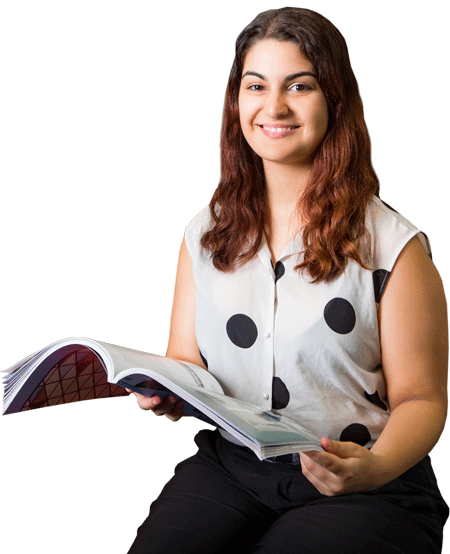Reading at university can be an overwhelming and time-consuming task. There are required course readings, recommended course readings, textbooks, lecture notes, tutorial notes, and all the research for your assignment.
With this amount of material, you may feel that you need to learn to read faster. But what you actually need to do is read smarter. The first step to reading smarter is to understand how you are going to read the content. Would you read an academic article, a Facebook post and a bus timetable in the same way? No.
Read smarter, not faster
We read different types of texts in different ways. It’s not always necessary to understand every word or to read the text from beginning to end. The way you read the literature depends on the:
- material type (for example, textbook or journal article)
- purpose for reading (for example, assessment task)
- text structure.
Identify these elements before you begin to determine the most effective reading technique to use.

Suggested reading technique
Whether in the early stages of selecting your reading material, or in the note-taking and note-making stages of reading the research, this technique may assist you.
1. Scan
The text’s relevance and structure for your purposes. Preview the headings, subheadings, graphs and tables. What is the text about and will it be useful?
2. Skim
Next, get a general sense of the content by briefly reading, or scanning, the topic and concluding sentences. Without detailed reading, what are the main ideas of the text?
3. Key
Then, read and note-make relevant, or key sections carefully, such as results and conclusions. This may mean reading journal articles out of order.
4. Full
Finally, read the full content thoroughly in the order the author intended. Make careful notes and consider using a note-making template.
Ask the library
We are here to help!
Find us in the libraries or contact us by phone or online.
Workshops
We offer online workshops on researching, referencing, structuring assignments and exam preparation. Come along and improve your skills!
Peer assisted study sessions
Attend a student facilitated group study session.
Griffith mentors study support
Get study support by connecting with a Griffith student mentor.